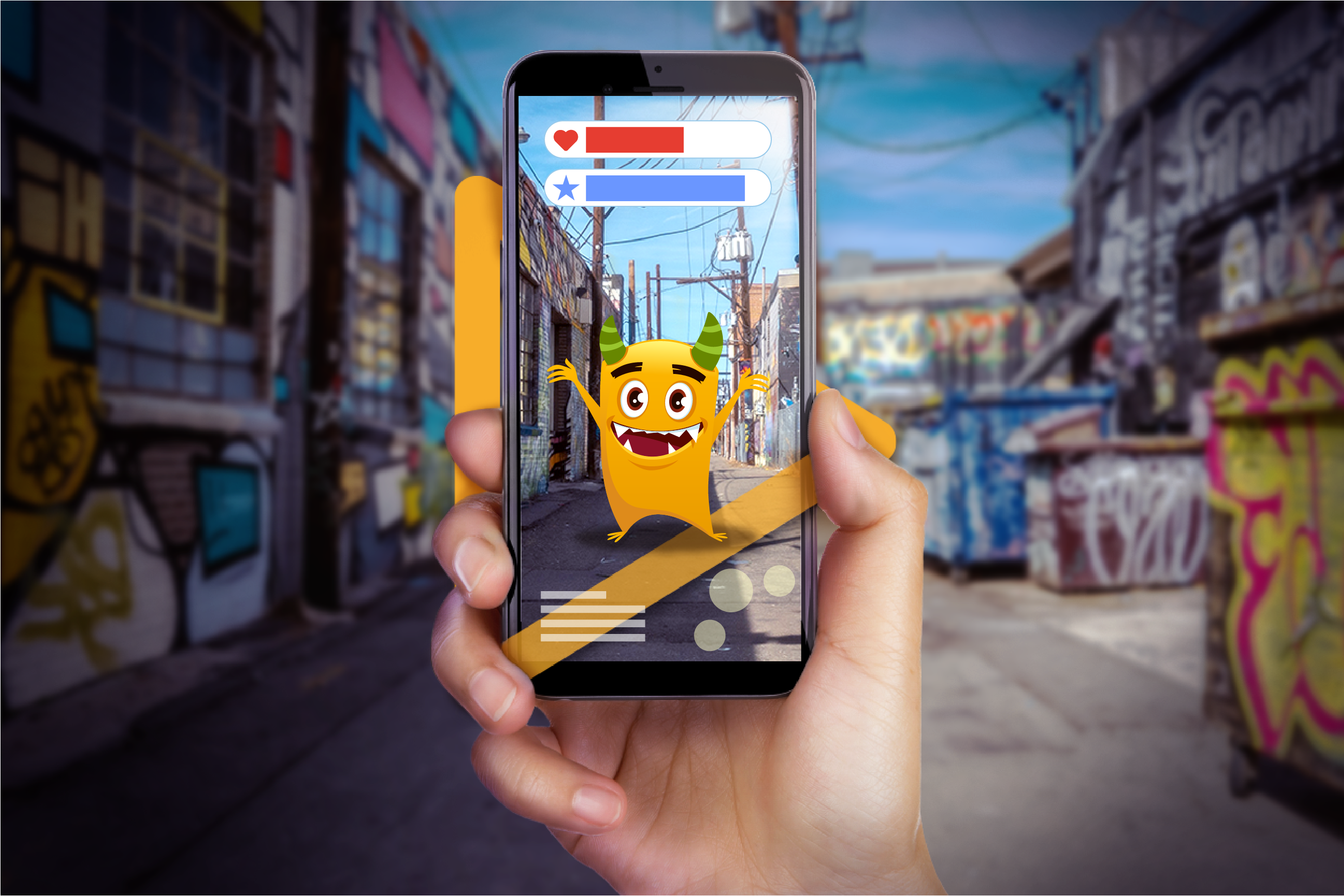

Is Augmented Reality a Winner?

As augmented reality (AR) becomes more popular, more businesses are beginning to experiment with it as a marketing tool. But what is AR, and what can it do for your business?
Chrissa Mahtani, Click2View’s Content Director, Digital Strategy & Analytics recently took a deep dive into the topic.
We’ll go over what she discovered, from the basics of AR marketing to some of the benefits it can offer businesses.
What Is AR?
Augmented reality (AR) is a type of technology that incorporates three key features:
- A combination of digital and physical worlds
- Real-time interactions
- Accurate 3D identification of virtual and real objects
With AR, marketers can create interactive experiences that allow customers to engage with products in a whole new way. For example, with AR, you can hold up your phone and see a virtual product in real-world surroundings. This can be really helpful for demonstrating how a product works or for giving customers a sneak peek at something new.
Benefits of AR in Marketing
AR has been around for a while, but it is still new to many marketers. Besides the urge to jump on the bandwagon, what are some legitimate reasons to give it a try?
AR provides new ways to tell a brand’s story. New isn’t always better, but it can be fun. And using a new format requires you to think differently, which is always a good thing.
It can also be a competitive brand differentiator. Have your competitors used AR yet? If not, beat them to the punch. Jump in and show them they don’t own the space. Either way, AR gives you a chance to create unique branded interactions that will deliver lasting impressions.
It does this by enhancing the user experience. Overall, people enjoy using AR and the feeling of being immersed in a different space. The experiences or games are designed to be fun. And because they are accessed via mobile devices, no additional hardware or gadgets are required.
The result is heightened customer engagement. Interacting with an app can be more engaging than reading an article or watching a video, especially if it’s an immersive experience. The customer is participating in an activity that requires their attention and responds to the choices they make.
As we’ve covered before, people are wired visually. Taking advantage of ARs visual medium can lead to better and more visually accurate product demonstrations and visualisations. And the simplicity of seeing the right thing at the right time eliminates the cognitive overload that everyone is grappling with these days.
Done right, AR becomes an authentic part of a brand’s communication strategy.
The Growth of AR
The use of AR is soaring. There are an estimated 1.1 billion AR active user devices around the world in 2022. Data suggests that it will rise to 1.7 billion AR user devices in 2024. This represents a worldwide increase of 1.5 billion from the 200 million devices in 2015.
And companies are spending an incredible amount of money on it, US$12 billion in 2021. That is forecast to reach a whopping US$36 billion by 2026. It was this statistic that originally fascinated Chrissa. “AR advertising has grown exponentially over the last couple of years. I can anticipate that it’s just going to keep expanding.”
Case Study: CooperVision
So what’s it like in practice? Recently CooperVision engaged Click2View to create a simple and fun gamification AR filter for World Sight Day, with the tagline of ‘Love Your Eyes’. The three objectives of the filter were: to raise awareness of the event which is focused on eye health, to inspire people to go for eye checks, and for internal employee engagement. The campaign was published across CooperVision’s social media platforms.
Want to give it a try? Scan the QR code below!
Why Now?
There are a few reasons why AR marketing is on the rise right now. First, there’s the explosion of AR-enabled devices. With more people using these, there’s more potential for marketers to reach their target audience.
Second, there’s the increasing sophistication of AR technology. Advancements in AR technology mean that marketers can create more immersive and engaging experiences for their customers.
Third, there’s growing acceptance of AR by consumers. More and more people are open to using AR technology, so businesses are starting to experiment with it.
All these factors together have created the perfect foundation for the rise of AR marketing. Marketers who capitalise on this trend will be able to reach a larger audience and create more engaging experiences for their customers.
A local Singaporean gallery, Kult Studios, recently held an exhibition using AR technology. Choosing the theme of “Mythology ReLOOKED,” the exhibit showcased more than 20 art installations and works by local artists on various mythological characters, which can be experienced and come alive through their phones.
Roll out
While AR is gaining popularity. It hasn’t spread out evenly. As Chrissa personally experienced, she isn’t targeted with AR ads in her daily life here in Singapore. But on a recent trip to the UK, it was a different story. “I did get targeted there. One was from a burger place. I would point the camera at my face and try to catch burgers in my mouth. It promised money off the next purchase, I never cashed it in, but it was a cute and fun 30-seconds of engaging with an ad. I think there is a good opportunity to do similar things here in Southeast Asia.”
AR has a lot of potential as a marketing tool. It’s immersive and engaging, and it can be used to create a wide variety of experiences. If you would like more information or details, contact Chrissa Mahtani.








